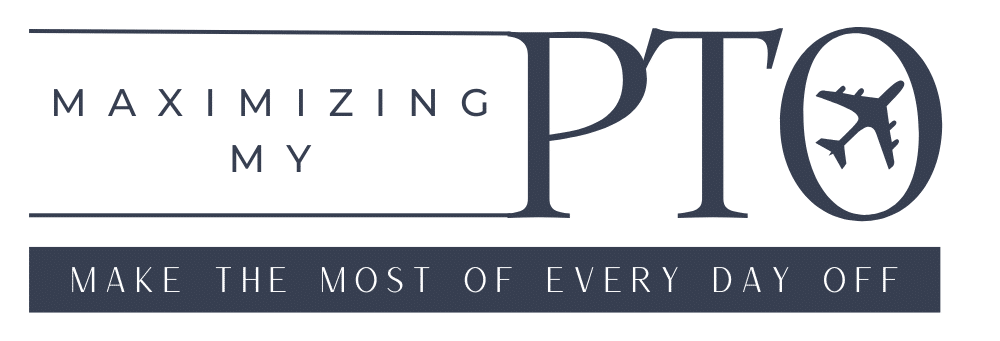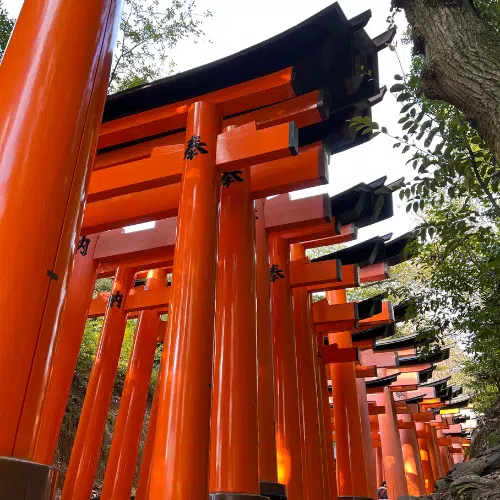4 Days in Kyoto and Osaka
This post may contain affiliate links, which means I’ll receive a commission if you purchase through my link, at no extra cost to you.
Half of our trip to Japan was spent in/around Tokyo and the other half was divided between Kyoto and Osaka. Kyoto and Osaka both felt older and at times a bit more run down than Tokyo, but they each had their draws. Both cities are also quite close to each other – we chose to move hotels and stay in both places, but you could have just as easily day tripped to one city from the other.
Day 1
Shinkansen to Kyoto
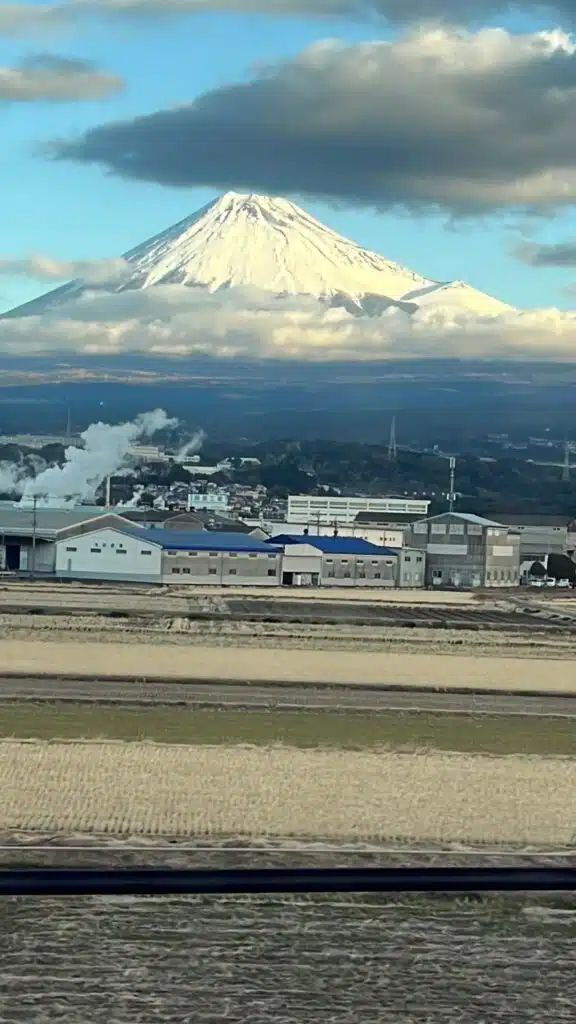
Before we’d left for Japan, I’d reserved seats on the 7:03AM shinkansen (bullet train) from Tokyo Station to Kyoto, which meant we had to get up super early. However, seats were already booked on later trains and I really wanted to sit on the right side of the train (seats D&E) to get a view of Mt. Fuji out the window as we passed by. We were successful and got to see the mountain one last time 49 minutes into the train ride.
Note: if you’re taking the journey in reverse – Kyoto to Tokyo – and want to see Mt. Fuji, the ideal seats remain D&E as the train doesn’t turn around. All the seats on the train can rotate 180-degrees to face the other way for the return journey.
While eating on local trains isn’t allowed (or at least not socially acceptable), you can bring food with you on the shinkansen and they even have people come through with a cart of food you can purchase from during the journey.
Imperial Palace Kyoto
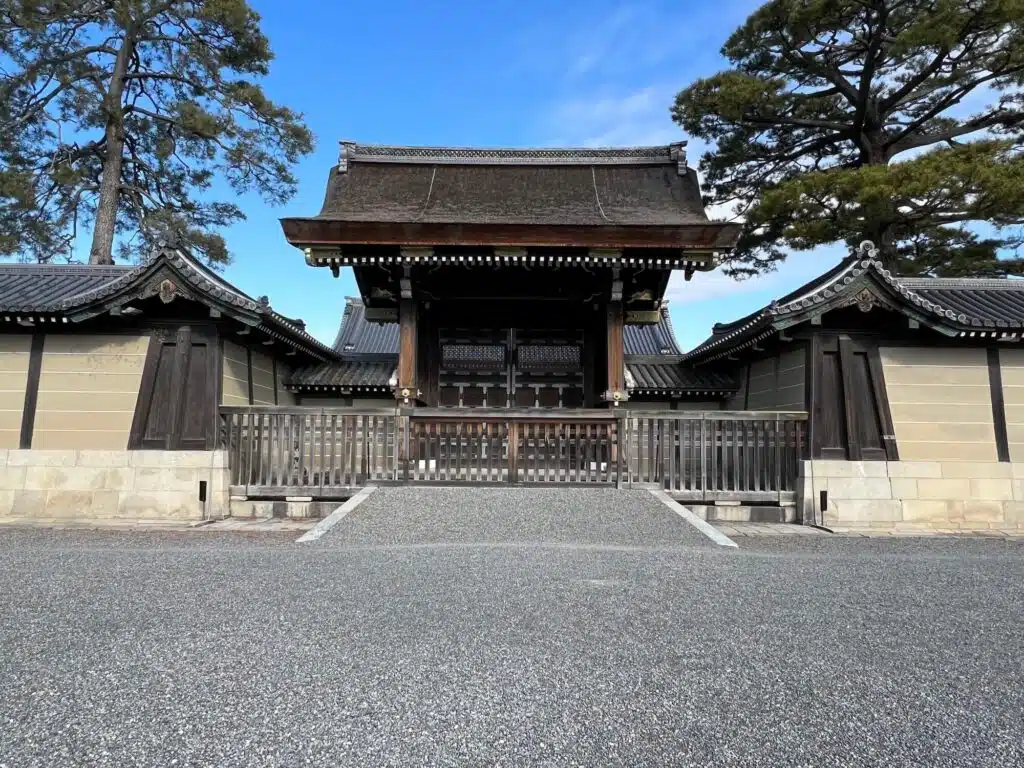
Our first stop in Kyoto was the Imperial Palace, which used to be the emperor’s home until that was moved to Tokyo during the Meiji Restoration in 1869. It was closed while we were there, so we could only walk around the gravel paths surrounding the palace, but couldn’t go inside. According to the website, the palace is free to visit and is open Tuesday-Sunday year-round except for December 28-January 4 (which of course was when we were there).
Starbucks
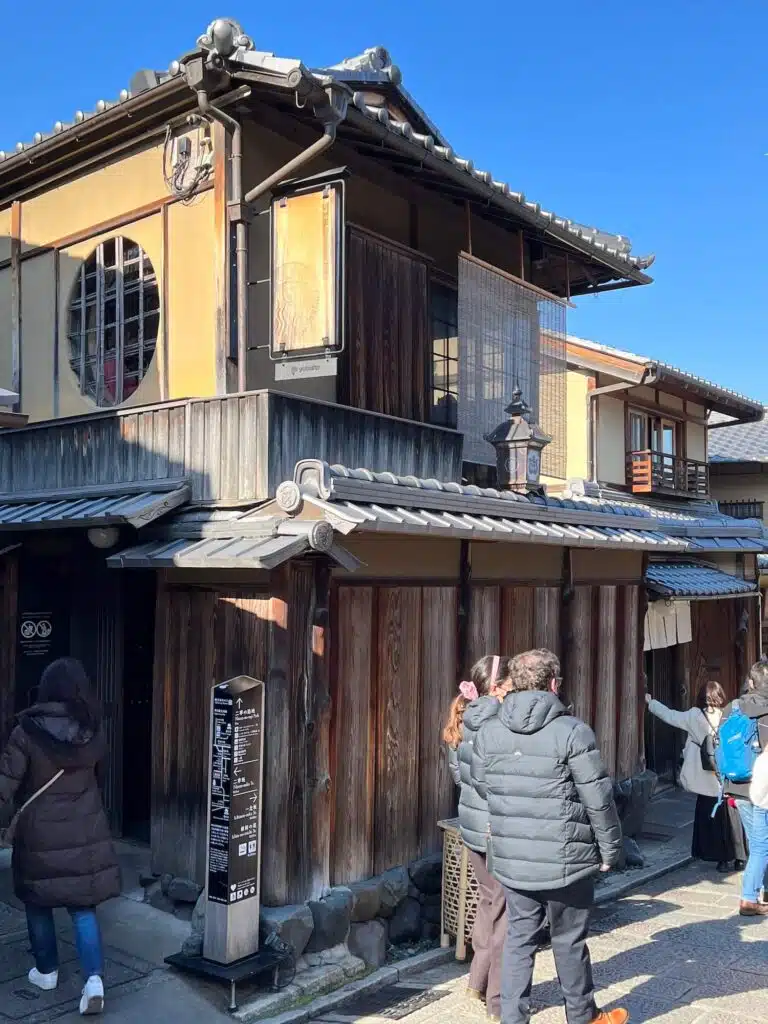
Located in Ninenzaka is the most beautiful Starbucks I’ve ever seen. Yes, I am fawning over the beauty of an international coffee chain – don’t judge me. Ninenzaka is a pedestrian street lined with traditional Japanese buildings and shops and when this Starbucks location opened in 2017, they honored the area they were in and made sure their storefront blended in with the surrounding area. In fact, we were looking for the Starbucks and walked by it multiple times before we spotted a wooden version of the logo high on the building. Inside, the bottom floor is the storefront where they served all the same food and beverage options as the rest of their Japanese locations (which are fairly different than what they have in the United States). On the second floor is the seating area which features a traditional tatami mat. It was very busy when we were there around lunchtime and we eventually found a bench to sit on, but I’d recommend visiting at off-peak hours as the building is quite small. The building itself is clearly much older than the Starbucks and tall people will certainly have to duck through the doorways (Thomas is 6’1” and hit his head passing through).
The rest of Ninenzaka is also a great area to walk around with lots of shops and food stalls. Stores with curtains over the entrance mean they’re open – a bit counterintuitive to Americans!
Fushimi Inari Shrine (1000 Torii Gates)
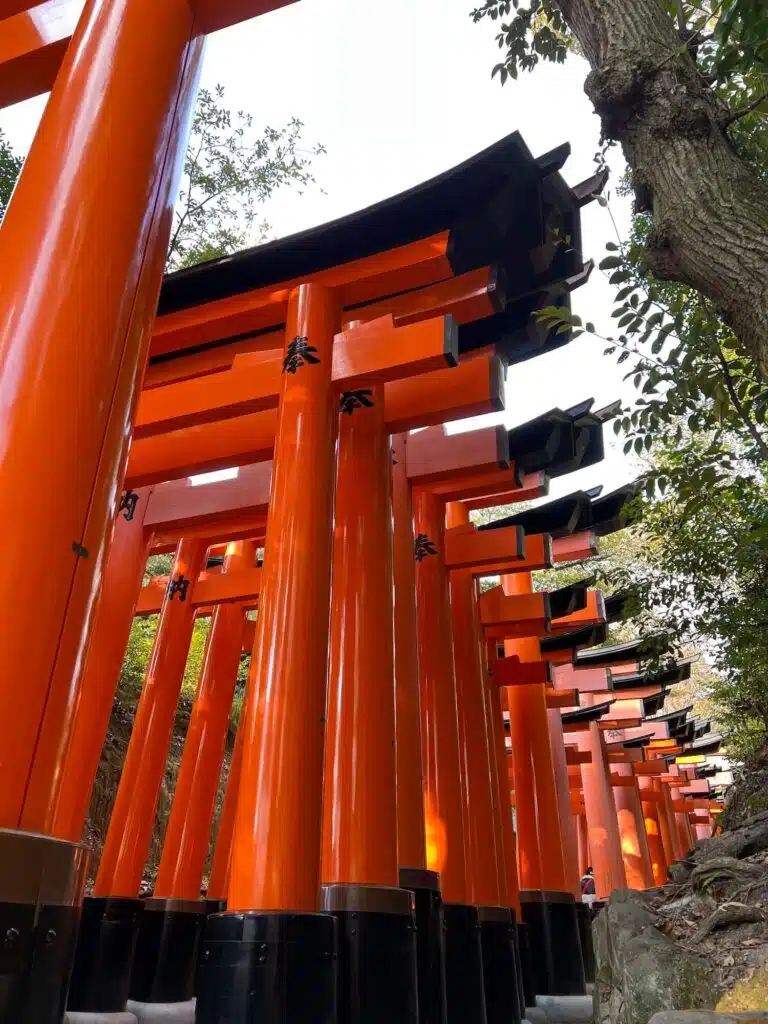
Probably the most iconic spot in Kyoto is the Fushimi Inari Shrine with its thousand red torii gates. Beyond the main shrine lies the start of the gates, which begins with a double set of Torii gates. Beyond those, you can turn around or choose to keep climbing higher and higher through the gates.
Some gates are clearly much older than others with wood rotting out. A few are missing, and others were being repaired or repainted as we walked by. We decided to go all the way to the top, which was a pretty solid workout. The views and gates don’t change much the higher you go, but the crowds thin out significantly, so if you want photos without a bunch of people in the background, be prepared for a hike. There were several places along the way that sold water along with other food/beverages and souvenirs.
Hotel: Prince Smart Inn Kyoto Sanjo
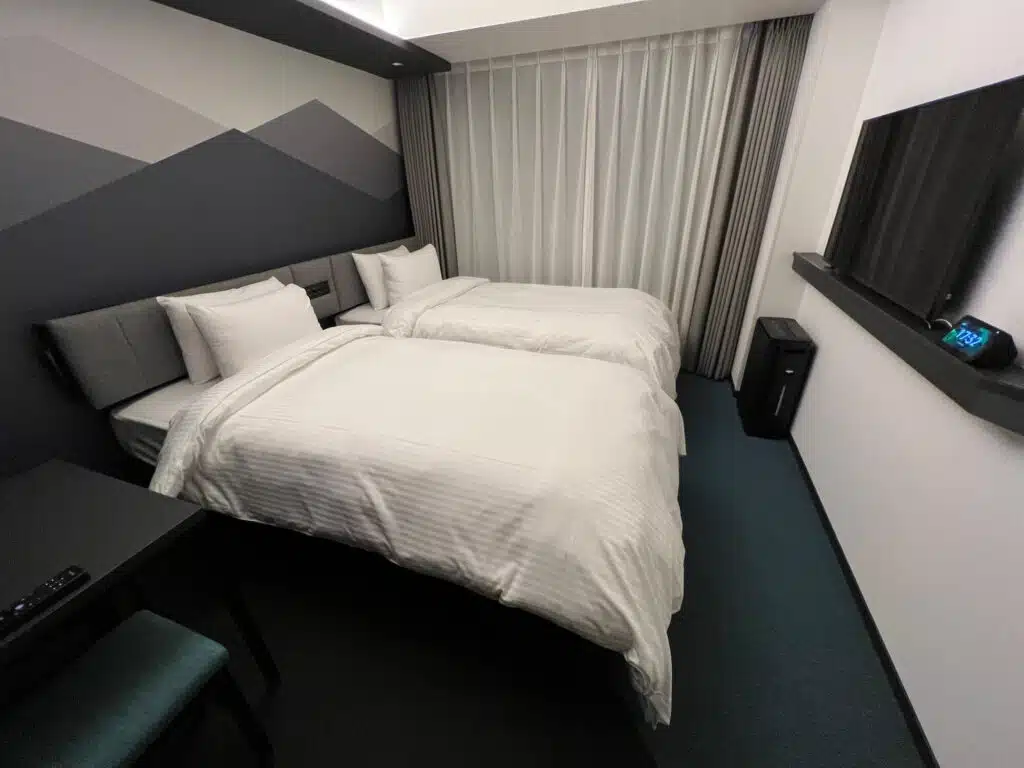
We only paid about $75/night to stay at the Prince Smart Inn Kyoto Sanjo and it was a great hotel for the price. The hotel was very clean and had a digital kiosk to check in. Like our hotel in Tokyo, it had amenities like toothbrushes and hairbrushes available for the taking in the lobby, along with pajamas we could use during our stay. The room was small and featured separate twin beds, but the space was used pretty efficiently and we still had room for our bags. The bathroom was great and featured an impressive shower with several different settings and plenty of hot water. Our stay didn’t have breakfast included, but there was the option.
Day 2
Iwatayama Monkey Park
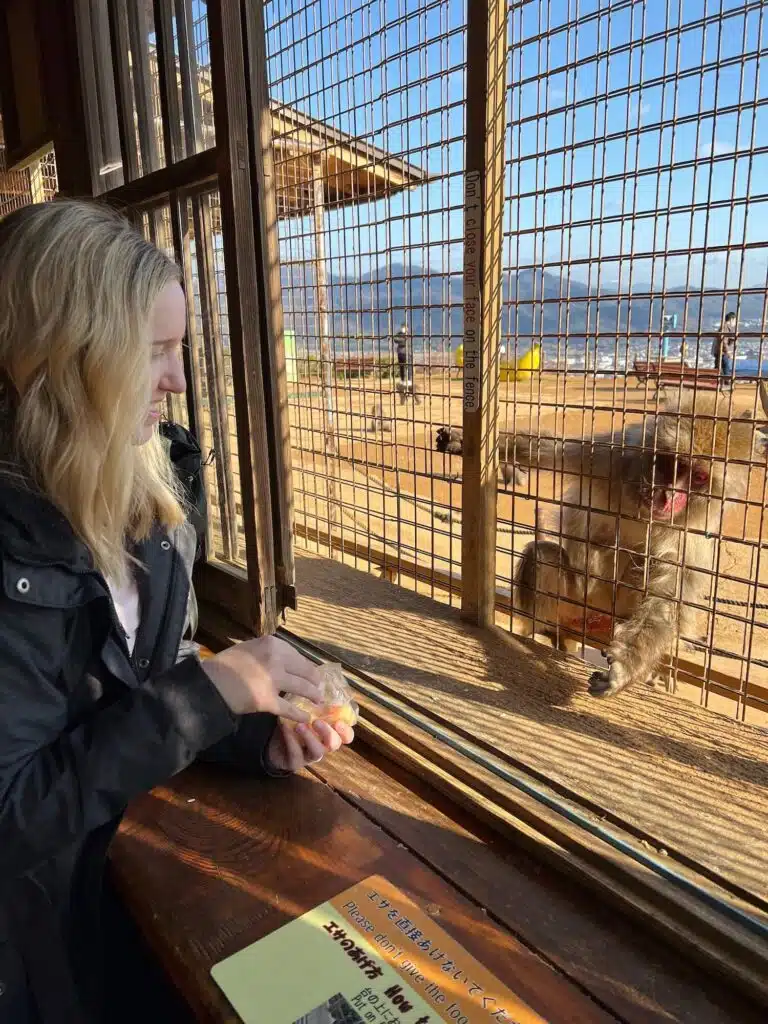
Located in Arashiyama in the northwest part of Kyoto is Iwatayama Monkey Park. There was a 600-yen/person entrance fee and then a pretty decent hike all the way to the top of the mountain to see the monkeys (it wasn’t nearly as strenuous as the Torii Gates though). At the top, you are greeted to a great view overlooking Kyoto along with dozens of Japanese macaque monkeys. They are the only type of monkeys that are native to Japan – those who live further north are the famous snow monkeys who enjoy the hot springs in the winter. Here in Kyoto, there was no snow or hot springs but the monkeys were active and running around. There was a building at the top you could go inside and for 100-yen you could buy either apples or peanuts to feed to the monkeys through a grate so they didn’t hurt you. Outside, there was no separation between the monkeys and people, though we were instructed to stay about 6-feet away, not point our cameras directly in their face, and not to stare them in the eye, as that’s seen as a sign of aggression.
Bamboo Forest
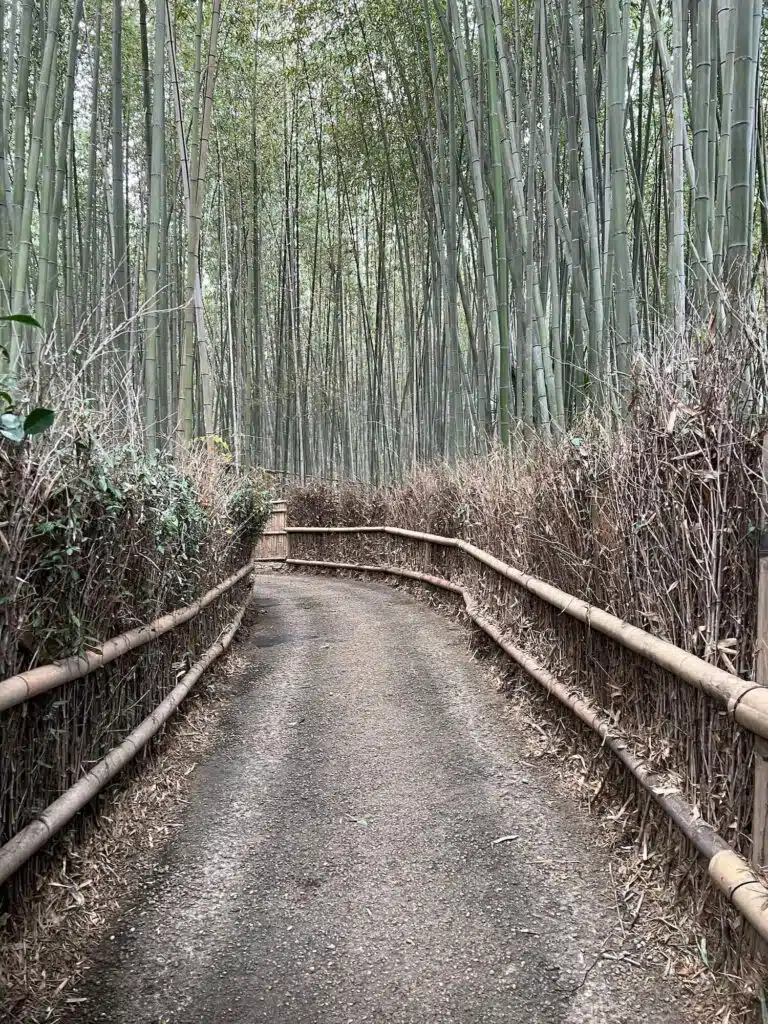
Not far from the Monkey Park is the Arashiyama Bamboo Forest, located adjacent to some shopping streets. The bamboo forest isn’t particularly large, but it was packed with tourists trying to take photos. It was beautiful, but the nature setting would have been significantly more serene if not for all the people.
Nara Deer Park
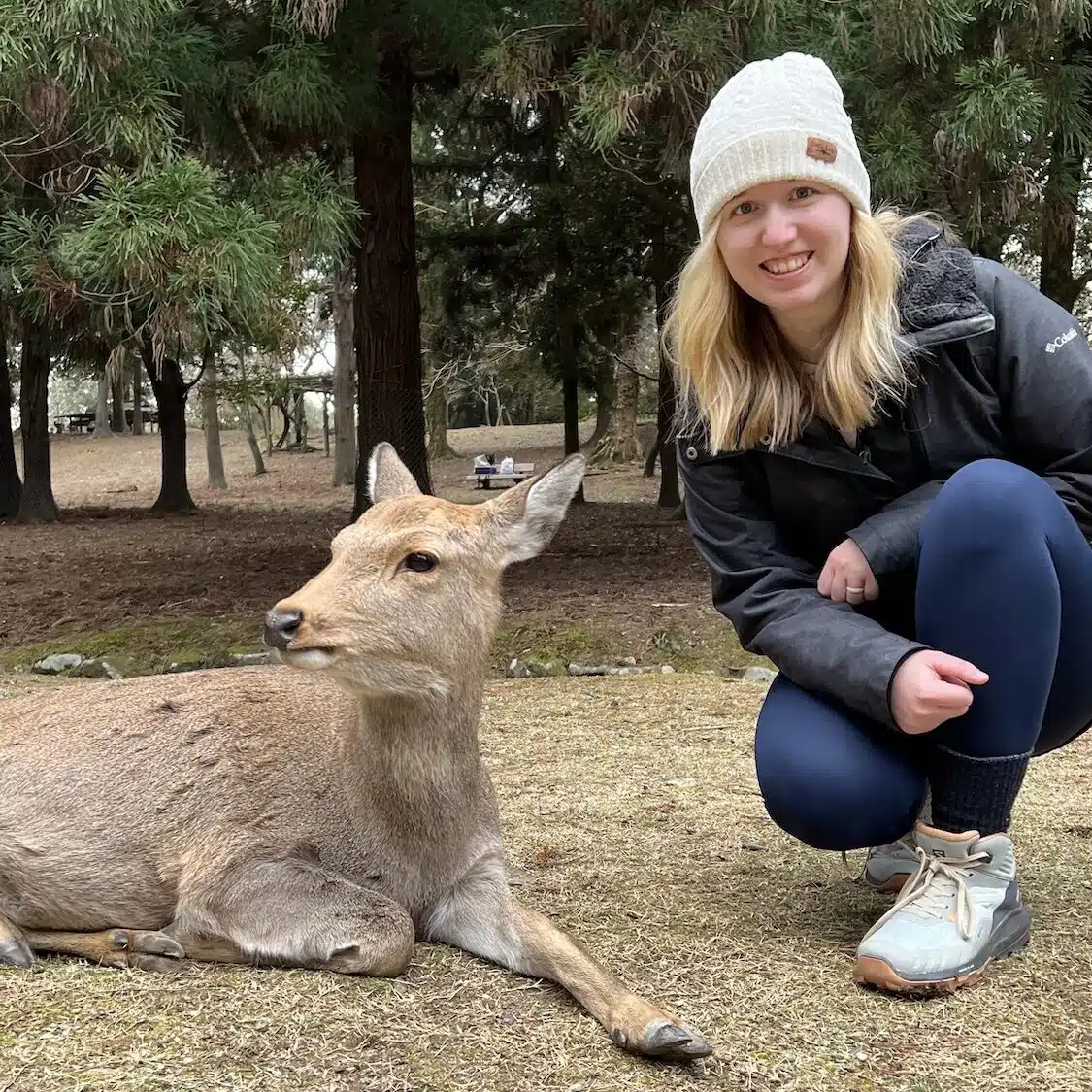
About 40 minutes by train is the city of Nara, maybe best known among tourists for its deer park. We were on a bit of a time crunch, so we didn’t get to explore more of the area, but we got to interact with the famous deer. Unlike most deer who run away from people, these deer have been continuously fed by humans and are very calm. You can buy deer biscuits to feed to the deer (they shouldn’t be fed anything else) and they’ll even bow to you for food! Just be careful – the deer are still wild animals and can get aggressive, especially if you have food for them.
During the pandemic, the number of visitors to the park dwindled significantly and the deer who had grown so used to being fed had to relearn to find food or starve. Some left the safety of the park in search of food, so incidents of deer being hit by cars increased. Now that tourism is back, the deer have returned to their pre-pandemic ways.
Free Walking Tour
After such a good experience on our free walking tour in Tokyo, we booked one in Kyoto at the last minute. This tour was led by Ben, a Brit living in Kyoto and teaching English during the day. He helped us understand the historical and cultural role Kyoto played in Japanese history, as it was previously the capital and is still much more traditional than places like Tokyo. Though Japan was closed to foreigners for a few hundred years, foreigners weren’t allowed into Kyoto for much longer, so given the scope of history, we were grateful be allowed to visit. Interestingly, Kyoto wasn’t bombed at all during WWII (despite at one point being considered a target for the A Bomb) because the US Secretary of War, Henry Stimson, had considered the city too culturally significant to destroy– turns out Stimson had actually honeymooned in Kyoto a couple decades prior! So unlike Tokyo, where the shrines and temples have been rebuilt, Kyoto remains original.
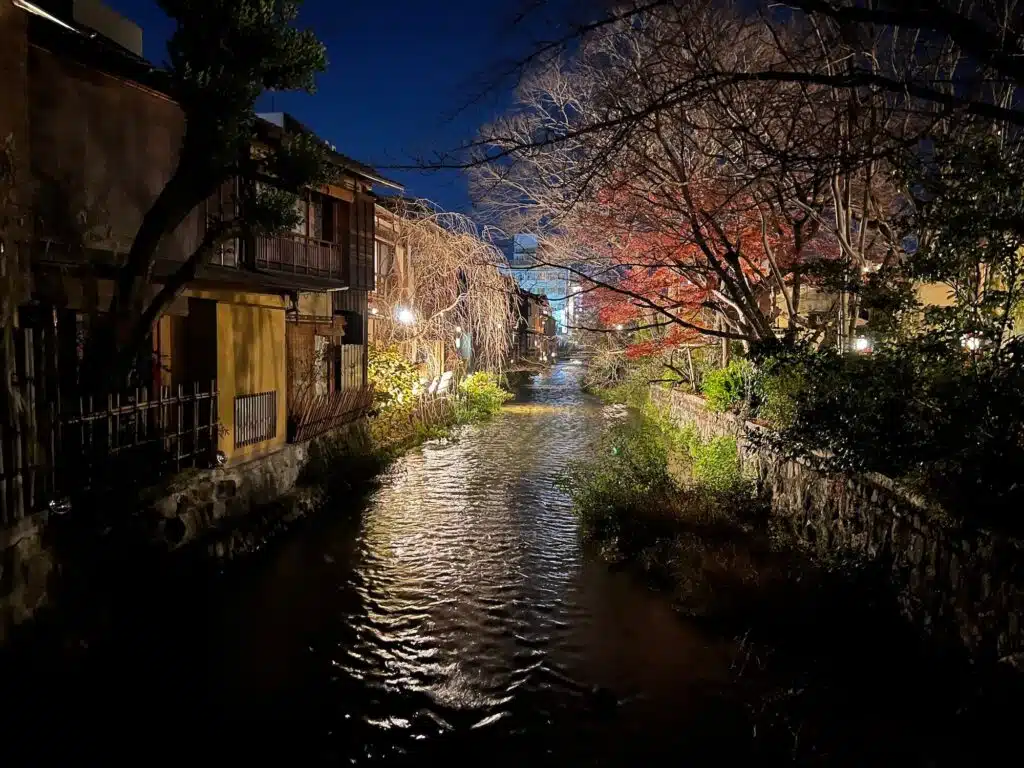
This tour also covered the history of geishas and maiko (geishas in training) in Kyoto and how their numbers have dwindled to the point where there may not be any left in a few decades. On the internet, I’d noticed a strange phenomenon of tourists going “geisha spotting,” hoping to get a glimpse of these women as they walked from one place to another – reading about how these tourists were so obsessed with glimpsing the geishas made be very uncomfortable as many seemed to be disrespectful.
We also learned on this tour that due to Covid restrictions and Japan having only recently reopened to the rest of the world, most of the tourists we saw were Japanese tourists from other parts of the country. However, pre-pandemic, the vast majority of tourists to Japan came from nearby China and Korea.
The only place in Kyoto we had planned to go to but ran out of time for was Kinkaku-ji, also known as the Golden Temple due to the gold-leaf that covers the exterior.
Day 3
From Kyoto, we checked out of our hotel and took the Shinkansen to Osaka where we stored our bags. These lockers only took 100-yen coins so we bought a soda from a vending machine just for the change.
Shitenno-ji Temple
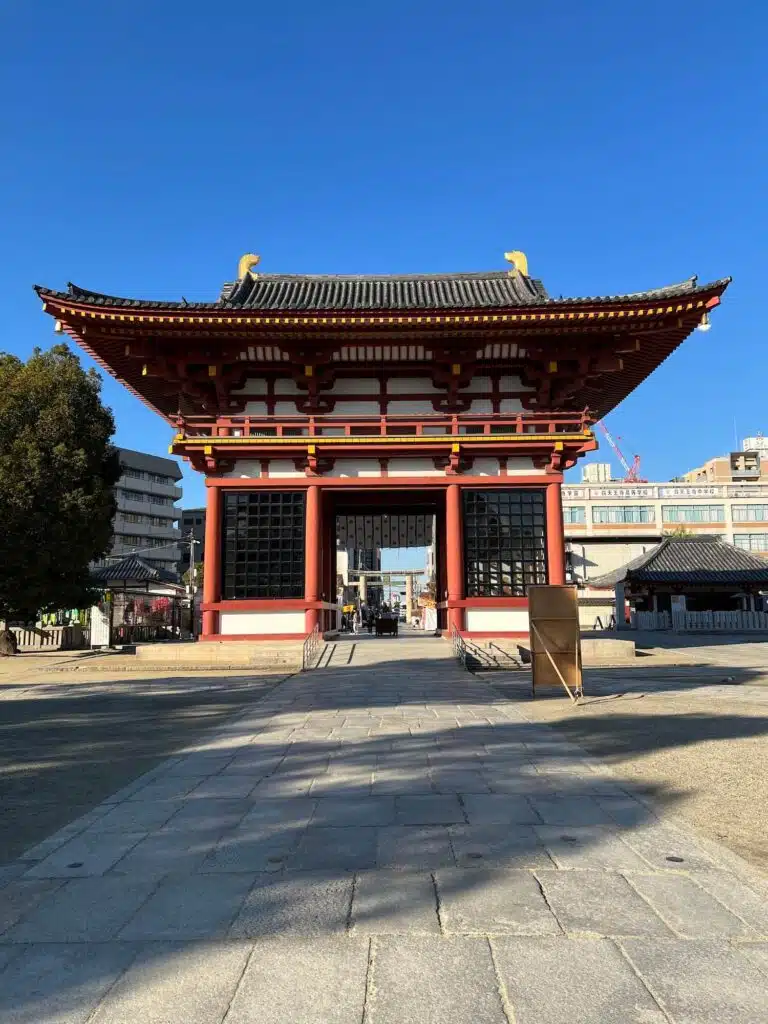
Our first stop of the day was the Shitenno-ji Buddhist temple. This temple did require an entrance fee to visit but was absolutely beautiful and early in the morning, we practically had it all to ourselves.
On the way out, I stopped by the restroom and ran into the only hole-in-the-ground toilet I saw on the trip – just a reminder that Japan’s futuristic toilets are a fairly new phenomenon.
Kobe Beef in Kobe, Japan
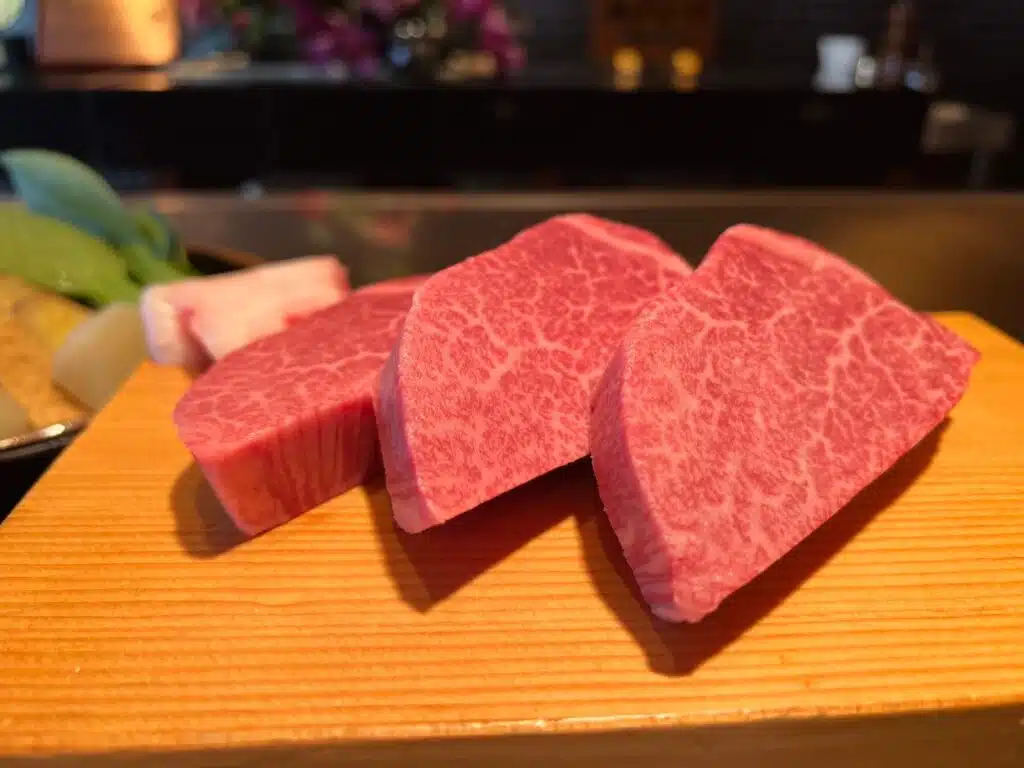
Kobe, Japan is located about a 30-minute train ride from Osaka and is where Kobe beef comes from. Kobe beef is a subset of wagyu beef that meets strict standards to be allowed to bear the name. Before we arrived in Japan, I’d made reservations at Kobe Steak Ishida, where we got to eat the most incredible steak of our entire lives. At the time of booking we had to choose our dish and we both went with the Choice Kobe Beef Course with 90g of A5 tenderloin.
This lunch was by far the most expensive meal of our trip, but well worth it for the quality and the overall experience and it did include several courses. Though we had a little trouble finding the restaurant, we eventually made it and were seated at a counter right in front of the grill. Our chef came over and prepared appetizers for us and then cooked our beef with precision and care. It was cut into bite-sized pieces so that we’d be able to eat it with chopsticks and due to the fat marbling (mixed with proper cooking), it just melted in my mouth. No other steak will ever compare.
Beyond beef, Kobe is also known for its fine chocolates if you want to explore and find truffles and other goodies. We had all intentions to do so after lunch, but we were stuffed and ended up heading straight back to Osaka.
Osaka Castle
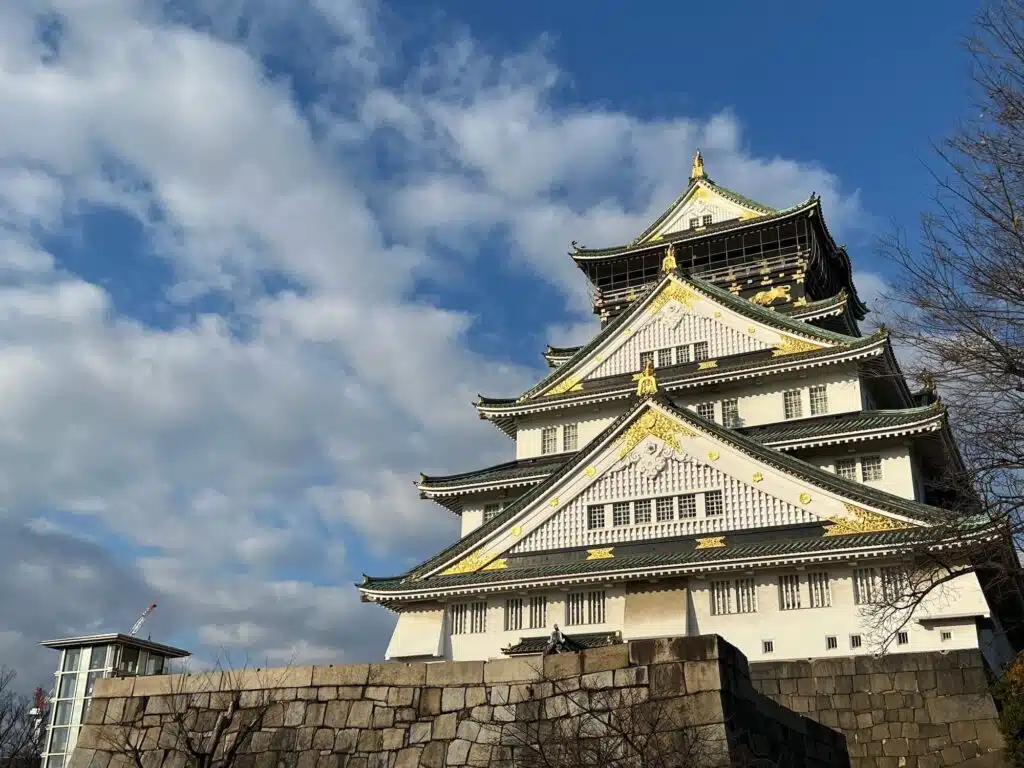
After lunch we visited Osaka Castle, which was built in 1583 and is heavily fortified with 2 moats and a large wall protecting it. The outer portion of the building is a public park that’s always open, but to go inside you have to buy tickets. We’d fully planned to tour the castle but it was closed when we arrived (likely for the holidays).
Tsūtenkaku Tower
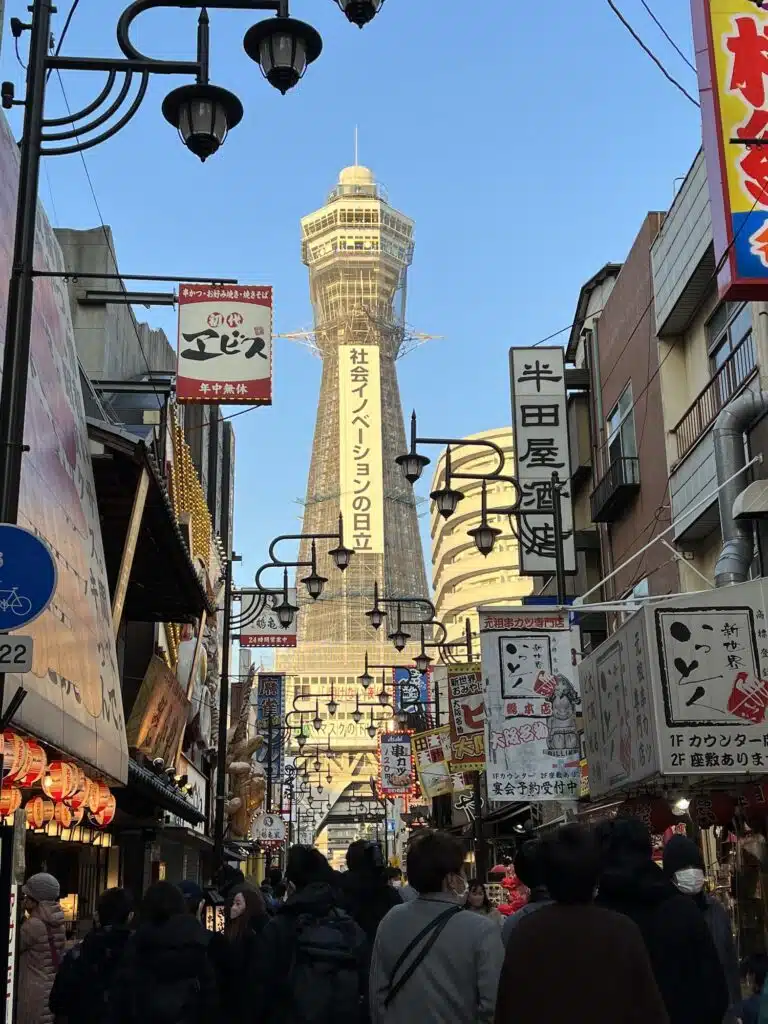
The Tsūtenkaku Tower is a popular attraction in Osaka. Like most tall buildings/structures around the world, it has an observation deck and draws many tourists. Unfortunately, when we were there, it was covered in scaffolding and was undergoing maintenance, so it wasn’t the most brilliant it’s ever looked.
The area around Tsūtenkaku Tower had a very similar vibe to Atlantic City or pier with carnival games and gambling and endless touristy gimmicks. For example, there was a restaurant that had a giant water tank in the middle where you could “catch your own fish” and then they’d cook it for you. I didn’t particularly enjoy walking around these streets.
Attached to the side of the tower is a 60-meter slide that just opened in 2022. We thought it might be a fun thing to do (even if it does require a helmet!), so we waited in a long line to buy tickets only to find out we were in the line to buy tickets to the top. Neither of us wanted to go on the slide that bad so we just bailed instead of waiting in line any longer.
Hotel: Osaka View Hotel Honmachi
We stayed 1 night at the Osaka View Hotel Honmachi and it was perfectly fine but largely forgettable. It was a large tower hotel, but we didn’t have any views out our window. If I was to come back to Osaka, I’d try to stay at a ryokan (traditional Japanese inn) instead for the experience.
✈️ Imagine flying to Japan for free in business class! Why not make it a reality? Redeeming points for free flights and hotels is easier than ever with Daily Drop Pro, your one-stop-shop for all things miles & points. Click here to sign up for this game changing app and receive exclusive bonus content from me.
I also love Daily Drop Pro’s cash flight deal alerts, card wallet for organization, and community feature where you can ask questions and share your travel wins!
Day 4
We started the day by trying to go to a breakfast restaurant that looked good, but unfortunately found it to be closed when we arrived, despite Google Maps indicating it was open. I assume the issue was the it was New Year’s Eve, but we ended up finding another place to eat nearby instead.
Having checked off all the things we wanted to do in Osaka the day before, we were a little at a loss on what we could do, especially given so many things were closed for the holiday. We settled on a hike to the north of the city.
Minoh Waterfall Hike
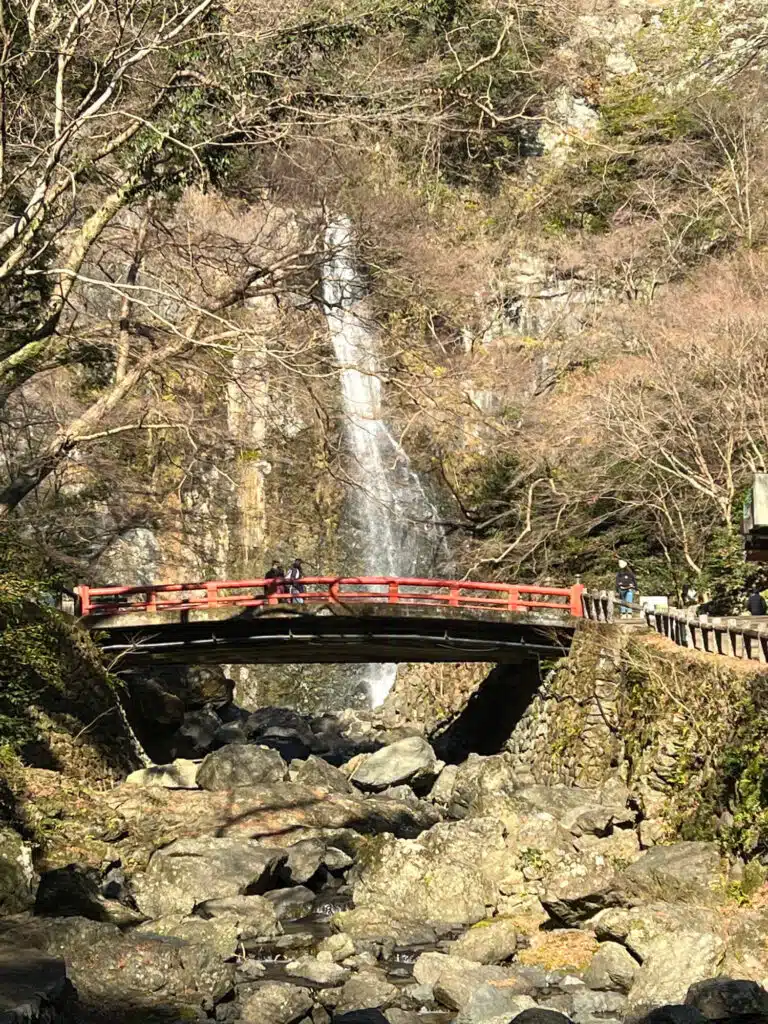
We checked out of our hotel and stored our luggage in coin lockers along the way. However, these coin lockers only took 100-yen coins, so Thomas had to use Google Translate to ask for change from the Lawson’s convenience store in the station (the further you get outside of Tokyo, the less and less English is spoken). The difficulty with the language barrier continued when we got off the train at Hanyku Minoh station and went to pay the fare difference and the machine broke. I tried to explain to the guard what had happened but Google Translate and hand signals failed me – eventually he was kind enough to just wave us through but it was the most stressful language-barrier situation we encountered.
From the station it was pretty much a straight shot to the start of the trail and we were able to enjoy nature on our hike to the waterfall. The entire hike is on a paved path and there are signs in English guiding you to the falls. While it wasn’t crowded, there were a decent number of people there (including other tourists) who had the same idea as us of what to do on New Year’s Eve when everything is closed.
From there, we took the Shinkansen back to Tokyo for New Year’s Eve. We actually ended up getting on an earlier bullet train than the one we’d reserved seats on, so we boarded one of the non-reserved cars (#1-5) which worked out well since Osaka was the first stop on the line and thus no seats were taken yet.
This concludes the Japan series! If you haven’t already read my other posts about the Land of the Rising Sun, be sure to check out 10 Tips for Visiting Japan and 4 Days in Tokyo.
You may also like:
